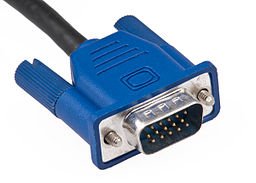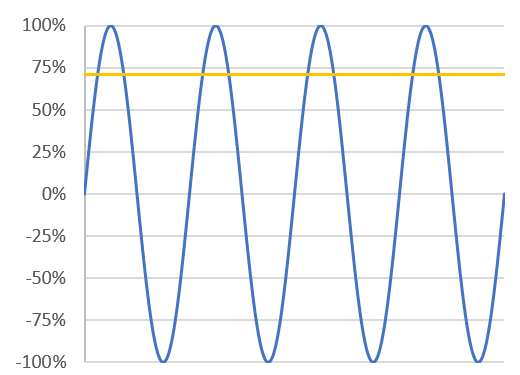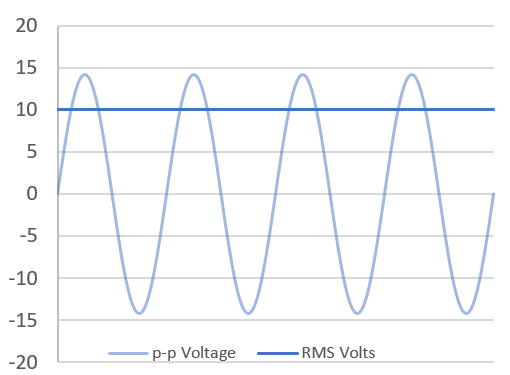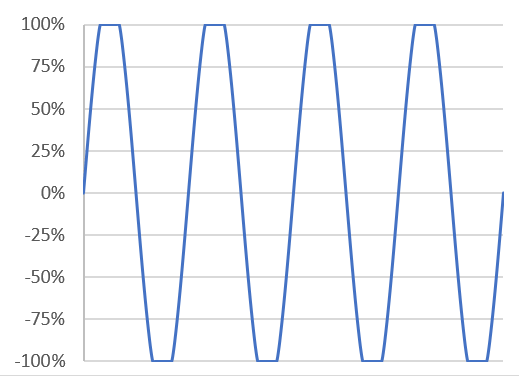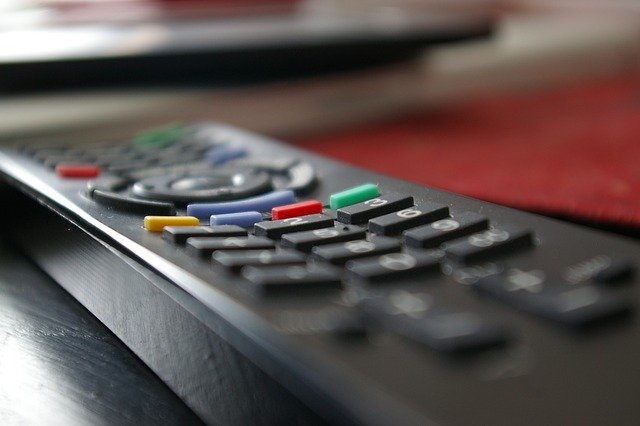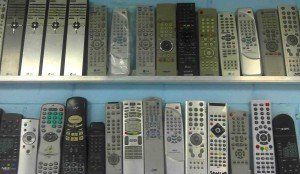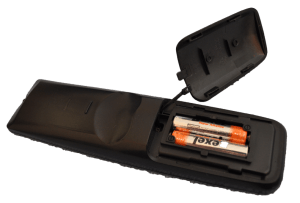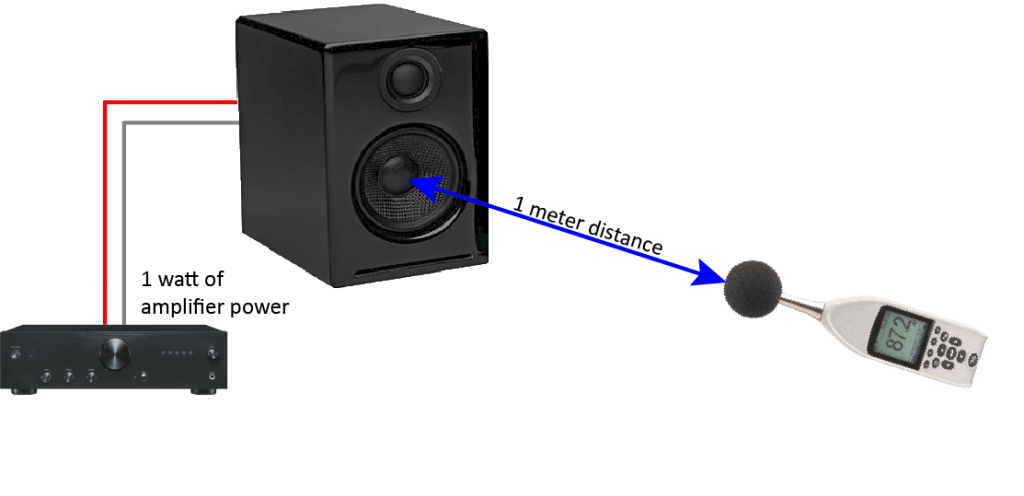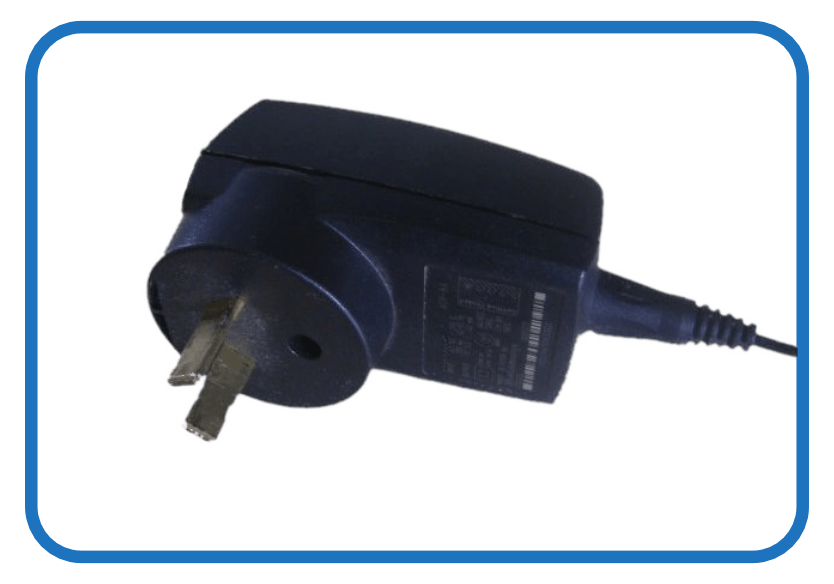Speaker sensitivity is a measurement of how well a speaker converts the amplifier power to acoustic energy. In others words, how loud the speaker will be for a given amplifier power.
How Speaker Sensitivity is Measured
Measuring speaker sensitivity is not difficult in concept, but is mainly done by speaker manufacturers and independent consultants.
Basically, the sound output of a speaker is measured with a calibrated sound level meter. To be consistent, speaker sensitivity should be measured 1 meter from the speaker with 1 watt of power coming from the amplifier.
A sound level meter measures Sound Pressure Level (SPL), and is measured in decibels (dB).
Therefore when you look at the specifications for a speaker, you will see something like:
Sensitivity: 87dB (1w/1m)
This means that speaker produces a level of 87dB when driven with 1 watt of power and measured 1 meter in front.
Comparing Speaker Sensitivity
Let’s say you are looking at three different speakers. In the specifications, under speaker sensitivity, for each speaker it states:
Speaker A: 84dB (1w/1m) Speaker B: 87dB (1w/1m) Speaker C: 90dB (1w/1m)
Speaker B will be 3dB louder than speaker A. This may not may seem much, but when you realize that 3dB is the same as doubling the amplifier power, it can be significant.
If you want to connect Speaker A and Speaker C to the same amplifier, then Speaker C will be 6dB louder than Speaker A.
When comparing speaker sensitivity figures, keep in mind that different manufactures may arrive at their figures differently. See the section below on “comparing apples with apples” for some of the differences you may come across or need to be aware of.
Sensitivity is just one factor of a speaker, it doesn’t indicate quality or lack of quality. Speaker sensitivity has nothing to do with the sound quality of the speaker, just how loud it will be for a given power input. It is just one issue for consideration when selecting speakers.
How to use speaker sensitivity
Speaker sensitivity can be used to determine how loud your speaker will be in different situations. Alternatively, it can help you determine how powerful an amplifier you will need.
The speaker sensitivity figure tells us how loud the speaker will be with a 1 watt amplifier, and when standing 1 meter away from the speaker. But what happens when you increase the amplifier power, and/or increase the distance? Glad you asked, read on.
What if the power is increased?
As the amplifier power to the speaker is increased above the 1 watt reference, the output of the speaker will increase. Some general rules of thumbs to remember:
- Doubling the amplifier power increases the speaker output level by 3dB
- Using a 10 watt amplifier increases the speaker output level by 10dB
- Using a 100 watt amplifier increases the speaker output level by 20dB
- Using a 1000 watt amplifier increases the speaker output level by 30dB
Example 1: A speaker with a rated sensitivity of 87dB (1w/1m) when driven by a 100 watt amplifier (20dB gain over 1 watt) will produce a maximum sound level of 107dB (87+20) when measured 1 meter away.
Example 2: If you stand 1 meter away from a speaker with a rated sensitivity of 87db (1w/1m), then you will hear a level of 87dB if it is driven with 1 watt of power. If you double the amplifier power (to 2 watts) you add 3dB of gain and the speaker will now produce 90dB (87+3). Double the amplifier power again (to 4 watts) and you increase the output by another 3dB to 93dB.
Use this calculator to see how the speaker output changes (when measured 1m away) as amplifier power changes (you can change the sensitivity and amplifier power figures).
What if the distance is increased?
The further you are away from the speaker, the lower the sound level (volume) you will hear from it. You might like to call this “air loss”. That is, this is how much sound level is lost in the air over the distance.
every time you double the distance, you hear a quarter of the sound level
The general rule is every time you double the distance, you hear a quarter of the sound level. Mathematically, the level decreases by 6dB every time you double the distance. If you want to sound technical, this is called the Inverse Square Law.
Example 3: A speaker with a rated sensitivity of 87dB (1w/1m) that is driven by a 100 watt amplifier, will produce a sound level of 107dB (see example 1 above) when measured at 1 meter. Double the distance to 2 meters, and the sound level will drop from 107dB by 6dB to 101dB. Double the distance again to 4 meters will decrease the level by another 6db to 95db.
Use the calculator below to see the level drop for different distances. Note: this rule applies in an ideal acoustic environment (like outdoors with no walls or reflections). Indoors there is often less air loss due to reflections caused by the walls, ceiling and floor.
Increasing power and distance
We have seen that increasing power to a speaker will increase its output level. We have also seen that the further you are away from a speaker, the less you hear.
This handy calculator will show you the level you can expect from your speaker when you know the sensitivity (1/w/1m), the amplifier power, and the distance from the speaker.
Note: The calculation for air loss applies to an ideal acoustic environment (like outdoors with no walls or reflections). Indoors there is often less air loss due to reflections caused by the walls, ceiling and floor. Up to 6dB less air loss could occur indoors (depending on the acoustics).
Beware of the Speaker’s Maximum SPL
When using speaker sensitivity to determine what power amp you should use, be aware of the maximum power your speaker can cope with lest you burn the coil in the speaker. This is normally also stated in the speaker specifications.
Some manufacturers will state the maximum power rating in the specifications. Others will state the maximum SPL of the speaker. In either case, don’t exceed their ratings.
2.83 volts instead of 1 watt
Some specifications don’t use 1 watt at 1 meter to state the speaker sensitivity. Instead they use 2.83 volts at 1 meter.
For an 8 ohm speaker, 1 watt of power from the amplifier is the same as 2.83 volts from the amplifier. As shown in the side box, if an amplifier outputs 2.83 volts into an 8 ohm speaker, then it produces 1 watt of power.
If you like to see a formula:
I understand the measurement standards states the amplifier should be set to output 2.83 volts. Possibly for ease of understanding speaker specifications, this is normally stated as 1w/1m, but is equally correct when stated as 2.83v/1m.
However the same is not true for a 4 ohm speaker. If 2.83 volts from the amplifier drives a 4 ohm speaker, it produces 2 watts of power. So for a 4 ohm speaker, 2.83v/1m equals 2w/1m.
Here’s another formula:
So when reading the speaker sensitivity specification, if you see 2.83 volts as the reference, check the impedance. If the speaker impedance is less than 8 ohms, then it is being driven by more than 1 watt of power.
There are at least two schools of thought on what to do about this discrepancy. One school says this is cheating, as you are driving a 4 ohm speaker with 2 watts, and not 1 watt. Therefore you are already doubling the power (that is, adding 3dB to the speaker’s output). Another school of thought says, hey, that is the inherent sensitivity of the 4 ohm speaker so live with it.
The calculators above are based on 1 watt of input power. So when using 2.83 volts into 4 ohms, you will need to reduce the speaker sensitivity figure by 3dB to obtain the correct result. (Remember doubling the amplifier power (to 2 watts) adds 3dB to the speaker output. So to halve the output (back to 1 watt), you need to subtract 3dB).
Comparing Apples with Apples
We have seen that some manufacturers use 1 watt, others use 2.83 volts as the input level. There are also other differences in how manufacturers measure the sensitivity which are not so obvious, but can make a significant difference.
Some manufacturers measure at just one frequency (probably the most sensitive frequency). Others might measure at several frequencies and then average the results. Others might state each frequency. Pink noise, which is a combination of all frequencies, might be used by other manufactures.
Some testers may measure in line with the most efficient speaker in a cabinet, others might measure at the center axis of the cabinet. Some might do the measurements in a perfect non-reflective environment, others might do in a real world environment. Some might measure further away than 1 meter, and then calculate the 1m figure.
All these differences can subtract from the purpose of having an objective method of comparing speaker sensitivity. These differences are also difficult to ascertain as few manufactures include these details in their specifications.
None the less, using the speaker sensitivity specification should give you a good guide as to how loud a speaker will be at a specified distance and a specified amplifier power input.
Is Speaker Sensitivity and Efficiency the Same?
Speaker sensitively and efficiency are related, but not the same. Although in general discussions among non-technical people the terms are often interchanged – especially by marketing people.
Technically, efficiency is the ratio between amplifier input power and speaker acoustic output power. Efficiency is calculated and stated as a percentage.
The truth of the matter is speakers are not very efficient at converting amplifier power to acoustic power. Speaker efficiency is normally around 0.1% – 2%. This figure is not as useful to us as a speaker sensitivity dB figure which we can easily use in a calculations.
Summary
Speaker sensitivity figures are used to calculate how loud a speaker will be at a given distance and a given amplifier power. It is just one issue for consideration when selecting speakers. It doesn’t indicate sound quality or lack of sound quality.


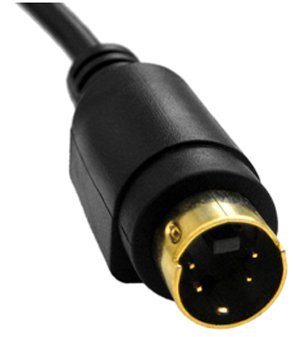
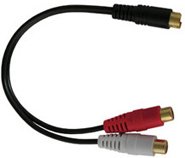


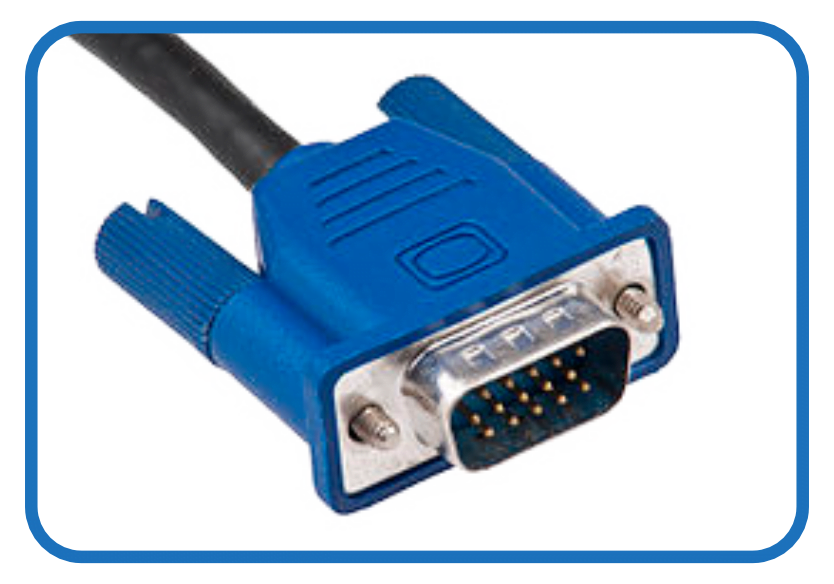
 which generates a video signal representing the image. In a colour video camera, after coming through the lens the signal is split into three different colours (red, green and blue) through prisms. These coloured images then each go to a separate sensor, generating three separate video signals, one with the red picture information, one with the green picture information, and one with the blue picture information. These three separate video signals (Red, Green and Blue) is what is known as RGB video. It is the most pure form of analogue colour video signal.
which generates a video signal representing the image. In a colour video camera, after coming through the lens the signal is split into three different colours (red, green and blue) through prisms. These coloured images then each go to a separate sensor, generating three separate video signals, one with the red picture information, one with the green picture information, and one with the blue picture information. These three separate video signals (Red, Green and Blue) is what is known as RGB video. It is the most pure form of analogue colour video signal.
